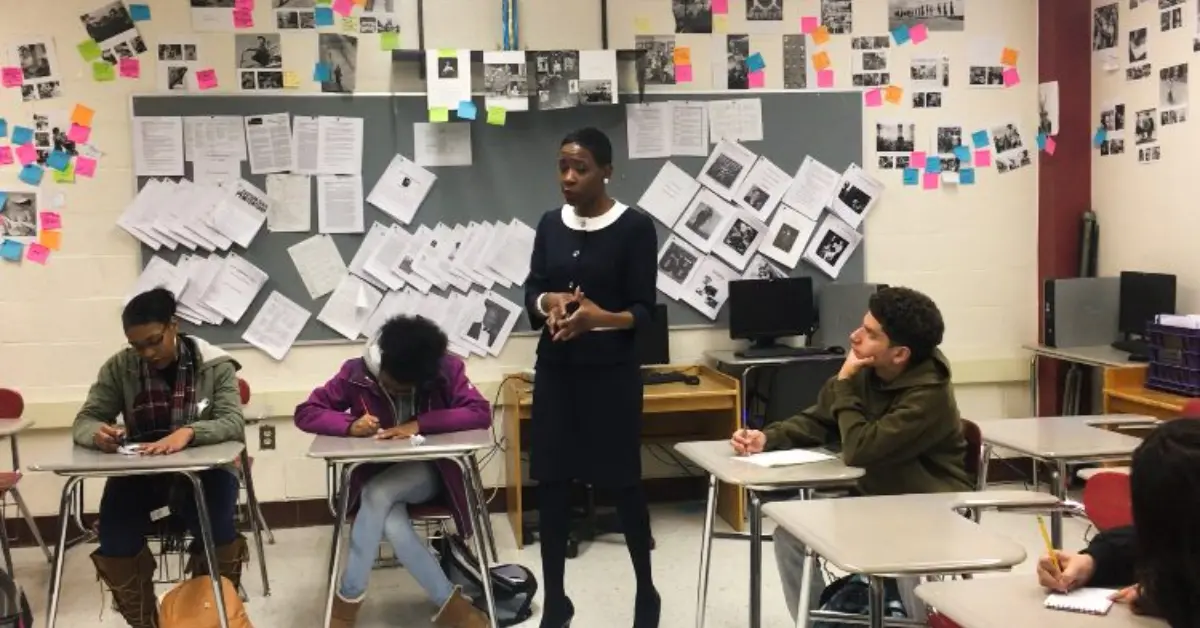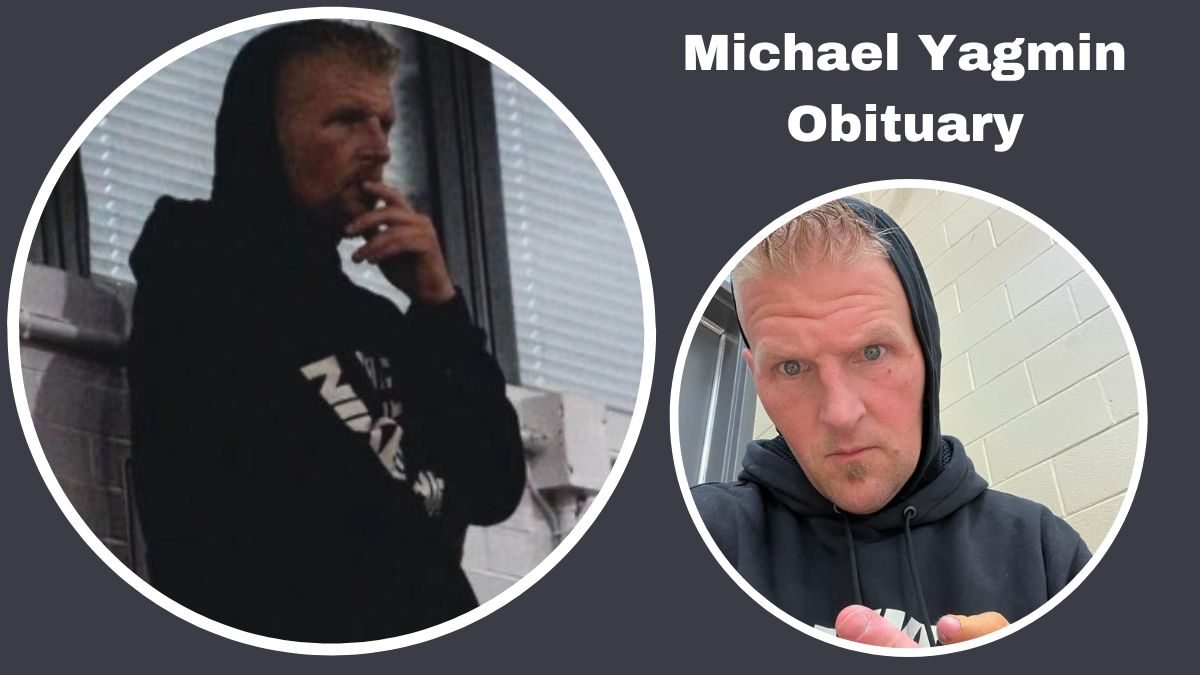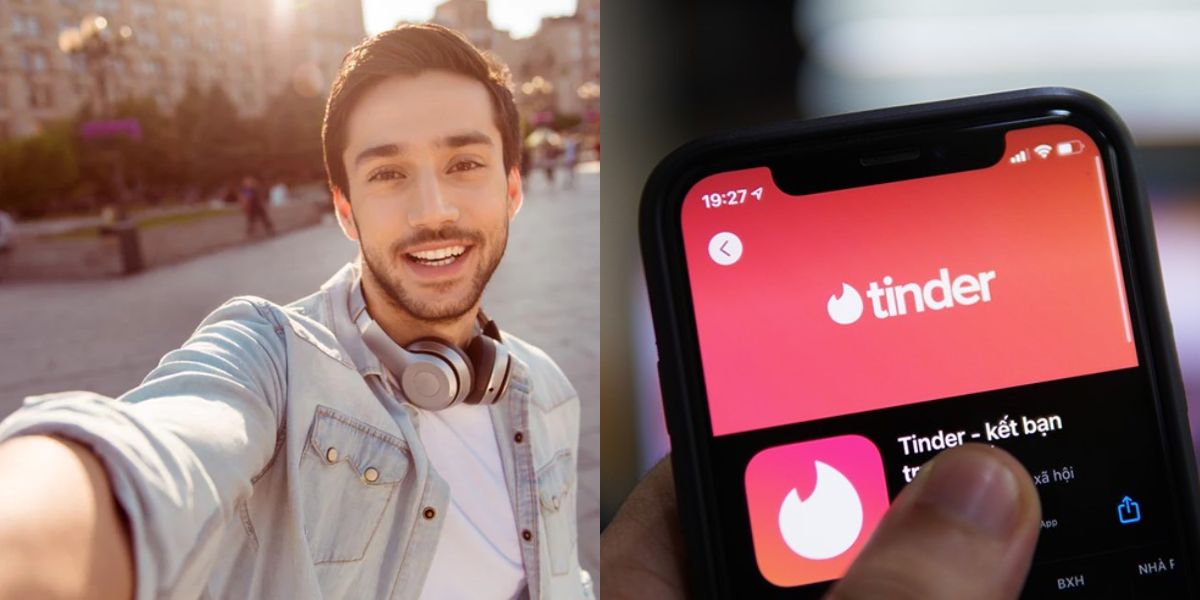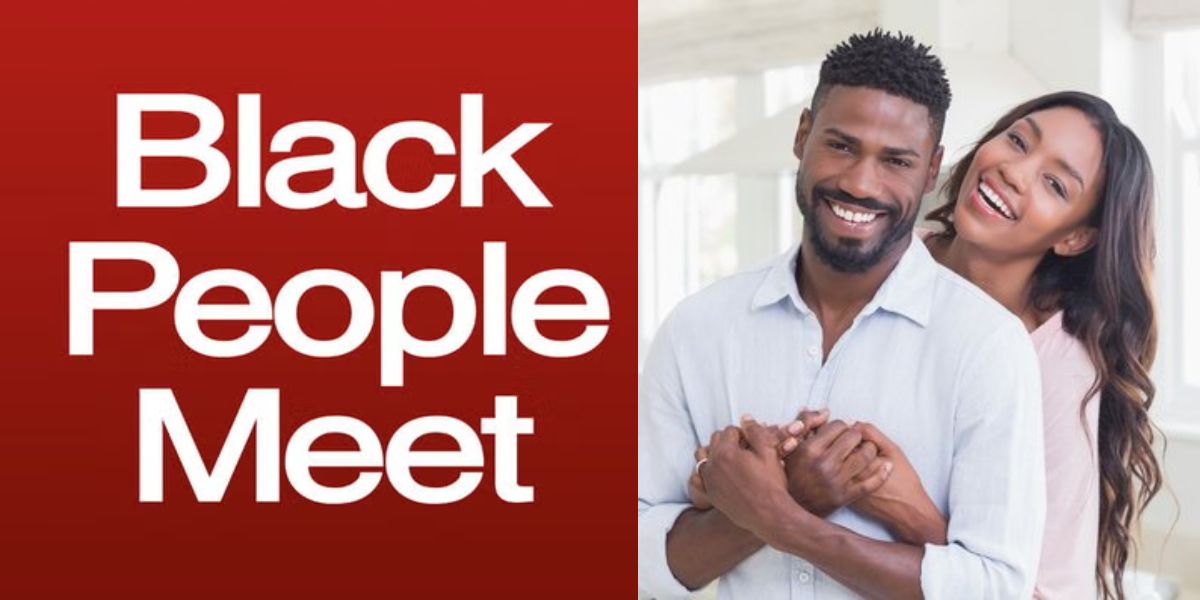There will always be misconduct in the classroom, and persistent misbehavior can seriously hinder all students’ ability to learn.
But how can misbehavior problems be handled—not just for the kids whose learning is disrupted, but also for the student causing the disruption? And what precisely qualifies as “misbehavior”?
Some schools address discipline with a “zero-tolerance” policy. Extreme measures include labeling everything that can be considered misconduct and dealing with it cruelly, including expelling the unruly student from the classroom or the entire school.
Such regulations may even call on administrators to discipline students for misbehavior. These punitive philosophies hold that pupils who misbehave deserve whatever punishment they receive and that the threat of punishment will deter them from misbehaving.
I was interested in finding out when teachers deem a student’s behavior to be “misbehavior” and what factors affect how teachers react to that misbehavior.
I also wanted to determine what influences schools’ decisions to discipline kids for misbehavior. In particular, I was interested in learning how a student’s race or ethnicity—as well as the racial and ethnic makeup of their school—might influence the discipline outcomes for that student.
WHY MIGHT DISCIPLINE DISPARITIES EXIST?
Compared to white boys, Latino boys are 30% more likely to be expelled from school or receive a suspension, while Black boys are 300% more likely. Why is that so?
Three sets of explanations for these enduring racial/ethnic disparities have been put forth in previous literature: (1) behavior differences, whereby Black and Latino students behave worse than white students.
Exhibiting higher levels of anti-social behaviors, aggression, and delinquency; (2) differential treatment, whereby Black and Latino students are punished more frequently and harshly than white students for similar behaviors; and (3) between-school sorting.
The reasons for unequal treatment and between-school sorting have the most robust empirical backing of these theories.
Take a look at more school news articles we are posting on BLHSNEWS.com:
- Superintendent Reports High School Student Shoots Himself In Texas School
- Parkland Elementary Student Brings Knife To School To “Hurt Someone,” According To Police
- Student Taken Into Arrest During Fireworks Incident At Northwest Las Vegas School
For instance, numerous studies demonstrate that school officials punish Black kids more severely than their White peers for involvement in the same multi-student situations.
Additionally, studies on between-school sorting demonstrate that net of typical student behaviors, schools with significant Black and Latinx student enrollments are more likely to adopt harsher discipline procedures than schools with large White student enrollments.
However, despite substantial research in the literature, it has consistently been demonstrated that the behavior differences explanation does not adequately account for racial and ethnic variations in the discipline.
For instance, my co-author and I have demonstrated in earlier work that racial disparities in behavioral problem rates account for less than 10% of the Black-White suspension gap.
Tyler is a passionate journalist with a keen eye for detail and a deep love for uncovering the truth. With years of experience covering a wide range of topics, Tyler has a proven track record of delivering insightful and thought-provoking articles to readers everywhere. Whether it’s breaking news, in-depth investigations, or behind-the-scenes looks at the world of politics and entertainment, Tyler has a unique ability to bring a story to life and make it relevant to audiences everywhere. When he’s not writing, you can find Tyler exploring new cultures, trying new foods, and soaking up the beauty of the world around him.











